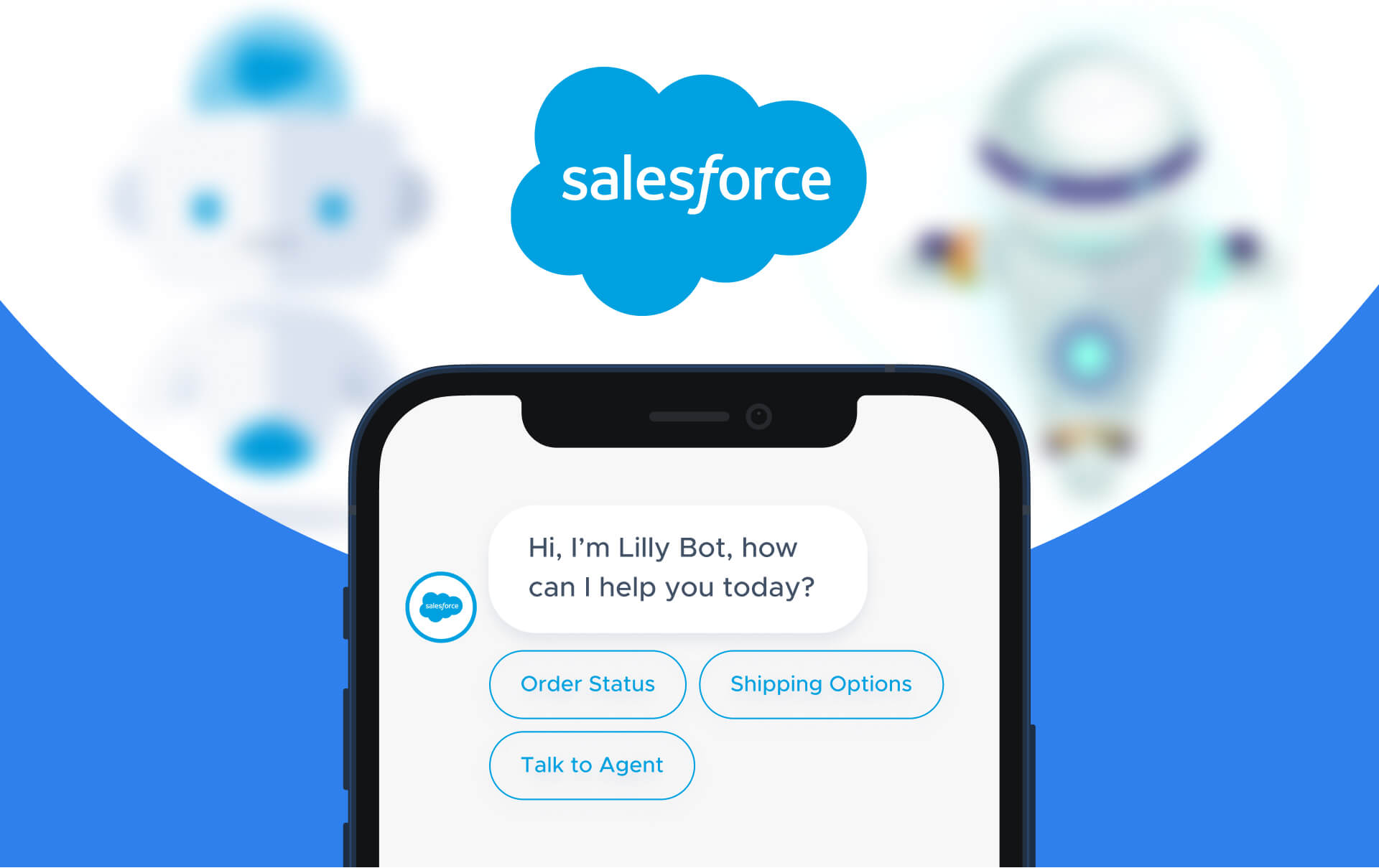Strategies to Capture Audiences in the Digital Marketplace

Creating a mark in the e-commerce industry comes with its set of challenges -
-
Attracting the right audience
-
Converting leads
-
Retaining the audience's attention
Add to this the fierce competition, with 71% of businesses having their own websites.
An effective solution for e-commerce brands is to leverage the digital product marketplace. They are platforms or online stores where third-party sellers can sell their products to potential buyers. For instance, Amazon and Flipkart are digital marketplaces where several sellers are registered.
Read on to learn key digital marketplace trends and impactful marketing strategies that can help e-commerce businesses gain an edge.
Key E-Commerce Trends and Go-to Marketing Strategies
E-commerce is the process of buying and selling products and services online. Businesses can set up e-commerce platforms to directly reach or use existing marketplaces that provide the following features-
-
A broader, global reach
-
Reduced marketing costs for businesses
-
Enable sellers to build trust among the audience
Further, creating a go-to-market (GTM) strategy allows businesses for their products and services. This is where understanding the market and the latest trends help. These include effective digital marketing, user-friendly websites, and simplified payment gateways. With this, businesses can successfully introduce their offerings to the market and gain a competitive edge.
Popular E-Commerce and Digital Marketplace Trends
The e-commerce industry and digital marketplace are growing exponentially. The global e-commerce market size is expected to reach $ 8.1 trillion by 2026.
A significant contributing factor to this exponential growth is the ever-evolving trends in the industry. A few of the key e-commerce and digital marketplace trends are-
Augmented Reality (AR) for Enhanced Shopping Experience
 With AR technology, buyers can see and virtually try the products from their homes. They can even virtually add features to a product to understand the ultimate result.
With AR technology, buyers can see and virtually try the products from their homes. They can even virtually add features to a product to understand the ultimate result.
For instance, Lenskart (a business dealing in sunglasses, eyeglasses, contact lenses, etc) uses a virtual AR tool. This tool scans the faces of the buyers and projects selected frames on the scanned face. This helps the buyers understand the look of the glass in real time from the comfort of their homes.
Chatbots for Seamless Customer Service
 Chatbots are virtual assistants that help solve buyers' queries. A chatbot uses machine learning (ML) and artificial intelligence (AI) technology. It helps the bot to better understand customer behaviour and help them navigate the site.
Chatbots are virtual assistants that help solve buyers' queries. A chatbot uses machine learning (ML) and artificial intelligence (AI) technology. It helps the bot to better understand customer behaviour and help them navigate the site.
It also reduces the resources spent on hiring customer service staff for e-commerce brands.
Smart Recommendations to Increase Sales
E-commerce platforms leverage AI and ML to deliver highly accurate, targeted, and data-driven product recommendations. They recognise data like which category the customer is browsing and how they react to product recommendations.
By understanding these user patterns, they make highly personalised suggestions for new and frequent buyers. This increases the chances of lead conversion and potential customers.
Actionable Marketing Strategies to Capture Audiences in the E-Commerce Marketplace
Marketing strategies vary with industry, brands, and their offerings.
For instance, a marketing strategy for a marketplace for digital services can involve using demos and video trials to gain the audience’s attention.
On the other hand, a marketing strategy for a digital product marketplace could involve partnering with influencers for product reviews.
However, despite the differences, some marketing strategies benefit all e-commerce businesses. These strategies aim to attract and retain customers.
Optimise the Website for Search Engines
Search engine optimisation (SEO) strategy includes increasing the rank of a website on the search engine result page (SERP). This helps in increasing traffic and sales organically.
Here are a few tips on how to optimise your e-commerce website-
-
Use relevant keywords in product descriptions
-
Improve page loading speed
-
Make the website mobile-friendly
Create a User-Friendly, Attractive Website Layout
After opening your website link, the lead should be able to navigate it with ease. There should be proper categorisation of products for a seamless shopping experience.
Here are a few ways to make your page attractive and convert your leads into customers-
-
Smooth transition between pages
-
Attractive product images
-
Clear menu structure
-
Consistent font
Focus on Proper Review Management
In e-commerce, people can post their reviews about the product/service. So, enable the option of a review and openly display it on the platform. Furthermore, for many shoppers, this customer review becomes a deciding factor for purchase.
Thus, brands must invest time and effort to convert these reviews into a marketing strategy. You can engage in proper review management to create an impact. Here are a few tips:
-
Always reply to a review, positive or negative, in a responsive and dignified manner. Strive to help dissatisfied customers by asking them about their issues and addressing them promptly.
-
Establish and maintain a helpful brand voice while replying to reviews.
-
Encourage all your customers to post a review about the product/service. You can also create a questionnaire and follow that for a more systematic review collection process.
-
Always share the reviews on your social media platforms.
All these review management tips will ultimately encourage your leads to convert into buyers.
Provide Customised Services to Reach a Global Audience
The best part about e-commerce and digital marketplace is the global reach they offer. Thus, brands must utilise this benefit by evolving their marketing strategy to cater to the global audience.
Brands can segment their target audience based on their demographic and create a marketing strategy addressing their pain points. The strategy can also include local or regional elements to make the audience feel included and valued.
Provide Proper Product Description Followed by Valuable Q and As
No salespeople describe the products/services to the prospective buyers on e-commerce platforms. Thus, A compelling product description should include all essential benefits, features, and unique selling points (USPs). For instance, 'Our organic cotton t-shirts are made from 100% sustainably sourced materials, offering comfort and style while being environmentally friendly. Available in various sizes and colors, these t-shirts are perfect for everyday wear.
The description should also include details about the manufacturer, ingredients, expiry date, etc.
Furthermore, the description should be followed by a set of questions and answers (Q&As). The questions should solve the probable queries the target audience may have while purchasing the product.
Role of Digital Marketing to Drive eCommerce Platform Success
Here’s how a data-backed digital marketing initiative can drive e-commerce success:
- Leveraging digital marketing techniques like pay-per-click (PPC) advertising and search engine optimisation (SEO) improves online visibility. It also drives organic traffic to the website.
PPC is an advertising technique where the advertiser pays a fee to the advertising platform each time their ad is clicked. This helpful technique helped Amazon attain a 14% PPC conversion rate.
-
Using social media platforms like Instagram, Facebook, and YouTube helps create awareness about the brand. These mediums also help in connecting and engaging with the audience on a personal level.
-
Email marketing campaigns provide information about product features, discounts, and offers to help increase conversion rates. It also assists in retaining customers by encouraging them to repeat online purchases.
Summing Up
The e-commerce industry is brimming with competition. An impactful way to stand out is to create a marketing strategy that involves-
-
Recognising and understanding your target audience
-
Leveraging cutting-edge technology to automate marketing practices
-
Addressing the pain points of the target audience
-
Optimal use of resources to produce maximum resources.
This complex process requires advanced tools and industry experts to produce impressive results. This is where Growth Jockey can help.
Growth Jockey leverages technology, innovation, and industry knowledge to provide tailored solutions to business models. We create customised digital marketing strategies for brands and help them implement them to get impactful results.
Contact us today to discuss your business growth problem and get a personalised solution from industry experts!
FAQs
1. What are the top challenges of the e-commerce marketplace?
The top marketing challenges of the e-commerce platforms include-
-
Establishing authority in the competitive and saturated marketplace
-
Keeping up with the ever-evolving industry trends
-
Protecting user data and privacy
-
Adapting to the changing customer preferences
Leveraging a well-planned marketing and growth strategy provided by Growth Jockey can help address these challenges effortlessly.
2. How can businesses keep up with evolving e-commerce trends?
To stay updated on evolving e-commerce trends, businesses can practice the following tips-
-
Conduct regular training sessions for your team. Or if you are operating individually, studying industry-related courses.
-
Leverage customer feedback to understand their preferred trends and focus on those.
-
Assess and analyse market data to identify areas of innovation.
-
Follow and interact with platforms, thought leaders, industry specialists, niche blogs, etc., for up-to-date information.
3. How can small e-commerce businesses compete in the digital marketplace with limited resources?
Here's how small e-commerce businesses with limited resources can compete in the digital marketplace:
-
They can leverage free digital marketing platforms to generate awareness and visibility.
-
They can invest in unique and sustainable packaging to make customers feel valued.
-
Develop a personal connection with the audience by interacting with them on social media platforms.
-
Use free apps and tools to improve strategies and analyse metrics.








